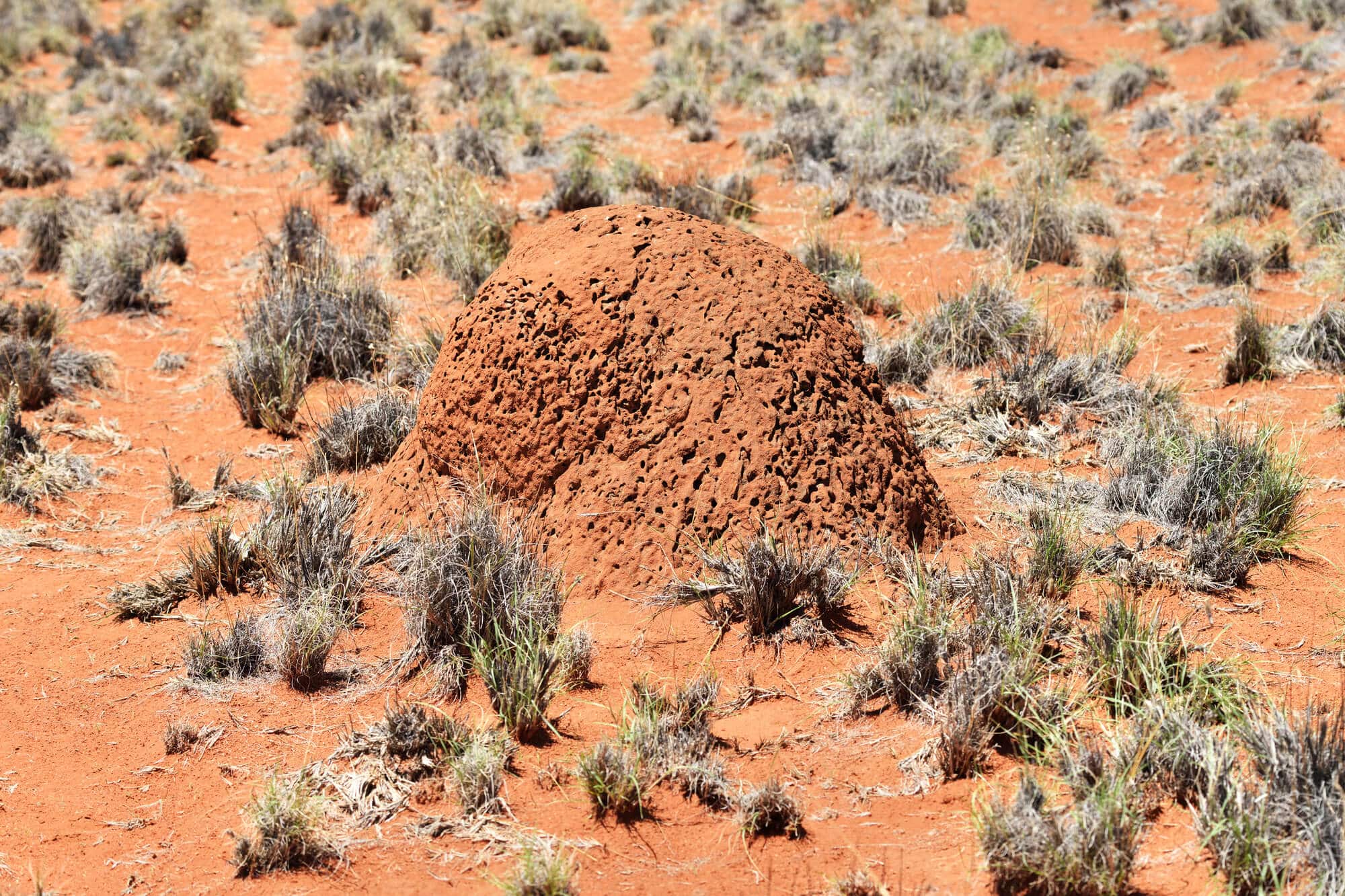Researchers from the School of Engineering and Exact Sciences at Harvard University have developed a mathematical model that explains exactly how termites build nests, mounds and complex colonies

Following a series of studies on the subject over the past decade, researchers from the School of Engineering and Exact Sciences at Harvard University have developed a mathematical model that explains precisely how termites build nests, mounds and complex colonies, when, unlike humans, they have no need for drawing.
When you look closely at a termite nest, you can see quite clearly that it is an extremely complex architecture. The question is, how do they do it without a building plan? In the world of humans, a clear, sketched and precise plan is required alongside an engineer who will supervise the developments closely. Unlike humans, a single termite colony can produce complex internal structures including floors, spirals and passageways without prior planning.
The architecture of nature
A termite colony is an amazing and natural structure that termites build all their lives. They are able to build high-rise buildings, consisting of several connected wires, internal structures, smart transitions between the floors and even floors and ramps. One of the interesting things about the termite wires is the incredibly precise arrangement and spacing, along with the complexity of the construction.
Prof. To' from the desert, The study's lead author, Explains: "Termite mounds are one of the most relevant examples of animal architecture on Earth. What are they for? How do they work? How are they built? These are questions that have worried many scientists for many, many years."
in previous studies Conducted on the subject by Prof. Mahadvan and his team, the findings showed that temperature changes from day to night create movement in the termite colonies. The movement in question not only produces a displacement of the colony itself, but also causes the activation of pheromone-like substances that stimulate the need for action and construction among the termites.
The secret world of termites
To understand how the termites work and to understand in what way they work to build the connected, complex and unusual floors without building plans, an engineer or a planner - the team of researchers decided to take another step closer and examine the buildings using CT scans.
Using the scans, the researchers mapped the arrangement within the internal structures, with the aim of quantifying the spacing of the floors and ramps built by the termites. One of the things that makes this scan more complex is that termites don't just build simple ramps to connect floors, but use spirals (the kind that humans recognize in parking lots) to connect the floors.
The use of CT imaging in combination with the previous findings found concerning daily temperature changes, allowed the researchers to approach the construction of a mathematical framework that would explain the layout of the mound. The researchers mapped every component of the termite mound: from the air, the mud to the termites themselves.
One of the things that helped the researchers to understand the principles was the use of termites as "liquids", i.e. productions with flexibility and ability to flow in space and time. Treating termites in this way allowed them to map the environment more accurately.
Alexander Hyde, a master's student at OEB, explains: "You can think of a collection of hundreds of thousands of termites as a liquid that can sense its environment and act on it. Once you look at it that way, there is a fluid that carries pheromones through the environment combined with air that drives new behaviors. The mathematical framework we created provided us with clear predictions for the spacing and order between the floors in the termite mounds, and showed the spontaneous formation of linear and helical ramps."
The way to a partial solution of the mystery
As part of the insect world, termites create a microenvironment in response to pheromone concentrations. This is an example where we can see that the division we are used to between the study of inanimate matter and the study of living things is breaking down a little. There is a connection between physics and biology when we refer to the behavior of termites and what causes them to change, through a dynamic architecture that undergoes regulation according to changing behavior.
In addition to the partial solution of the mystery of the world of termites, as to how termite colonies are built, operate and change, there is a chance that the current research will have implications and it will be possible to deduce from it the intelligence of other swarms in the animal world.
This may be the beginning of the road to understanding the complex process between different dynamic mechanisms: physical, chemical and biological, or the continuation of the road to understanding the development, shape and structure of termites as living beings that began in the last decade. In the meantime, it remains to continue to admire termites as architects from the womb and from birth.
This article is sponsored content provided as a courtesy Pest Master pest control company nation wide.
